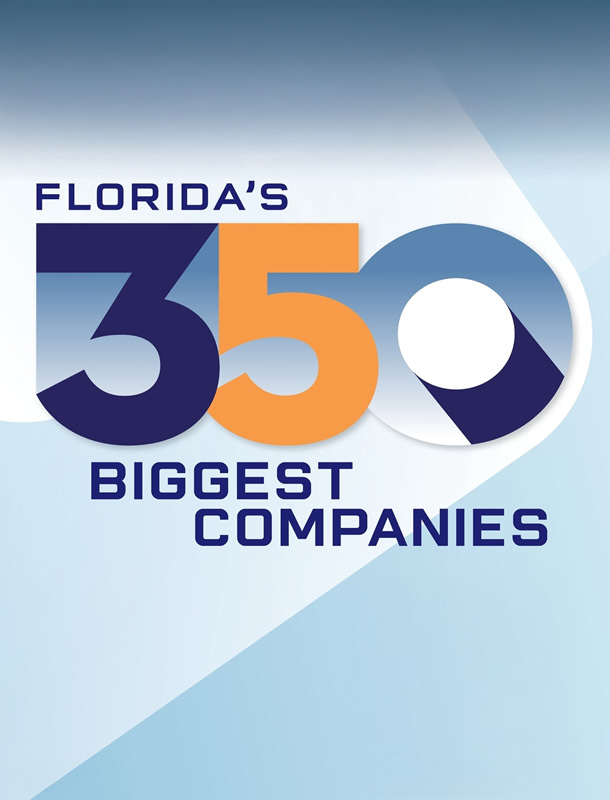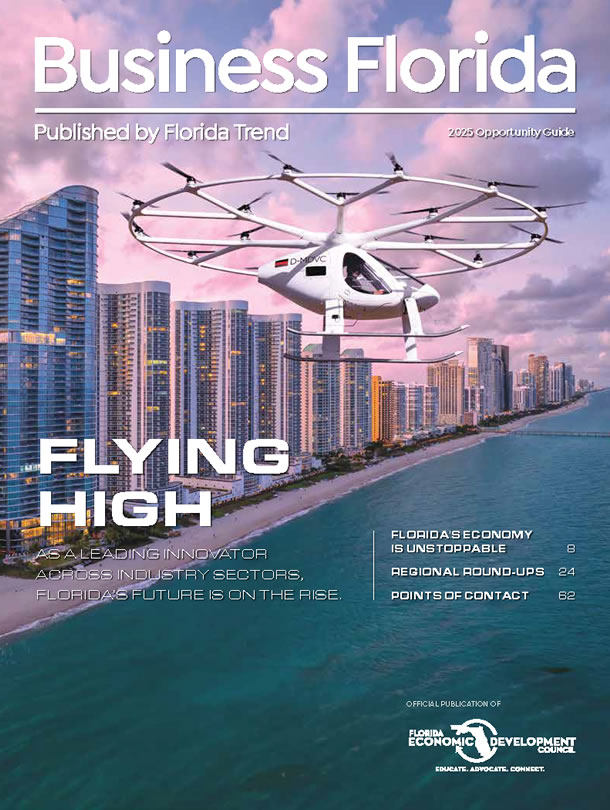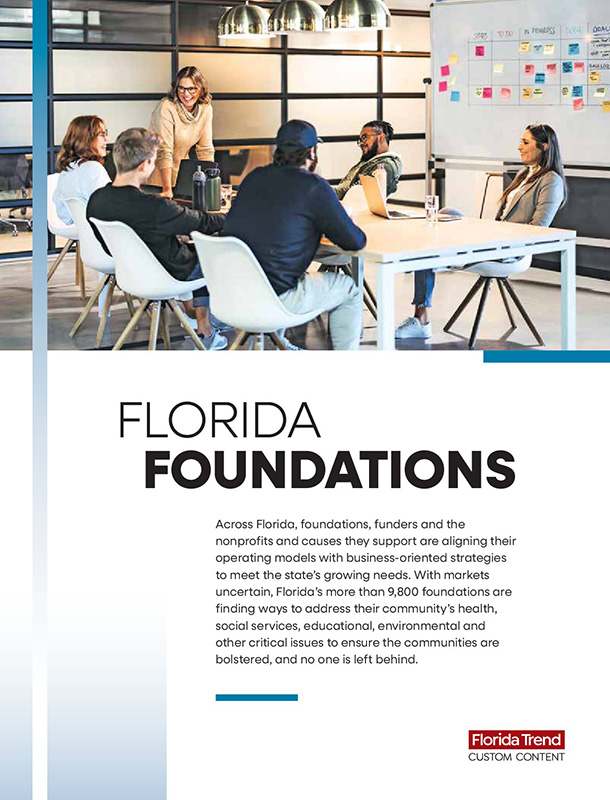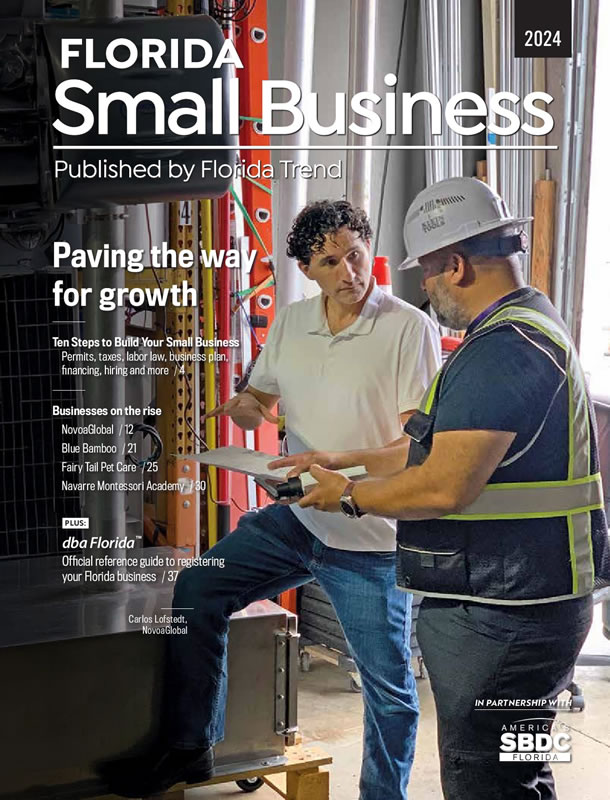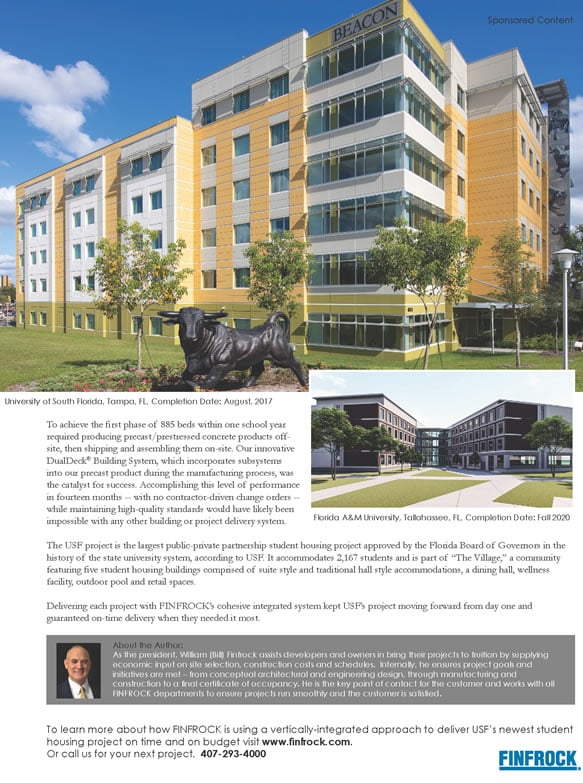According to the U.S. Small Business Administration, your small business is just one of 30.7 million that exist across the U.S. If you want your business to be noticed in a crowd like that, you must establish your brand quickly and promote it like crazy.
Start with a logo.
As soon as you’ve chosen a name for your business, begin thinking about a logo to represent it. Your logo will appear on everything — advertising, business cards, letterhead, website, signage, boxes, bags, receipts — so make sure it’s clean, well-executed and something you can live with for the long term. And don’t be tempted to cut corners on the design. Pass on that artistically minded friend or relative who offers to design your logo for free; hire a professional to create your “look” instead. It will be worth the price.
Explore media options.
The promotional vehicles available to your small business can be summed up as two very large categories:
• Traditional Media – newspapers; magazines; TV; radio; direct mail (flyers and coupons); outdoor advertising (billboards and signage); and specialty advertising (“stuff” like pens, hats, mugs and T-shirts bearing your company’s logo)
• Digital Media – website; email marketing; social media; and online reviews
Reputation Matters
One of the most effective forms of advertising — word of mouth — doesn’t cost a dime, but it can seriously impact your bottom line. Research shows that unhappy customers vocally share their experiences with twice as many friends as customers who’ve had a positive consumer experience. And thanks to social media, they aren’t shy about airing their grievances. If reputation matters to you, you should be taking these important steps:
• Always listen to your customers.
• If you make a mistake, fix it — with a smile.
• Strive always to provide such a high level of service that your customers won’t have any reason to complain.
Make smart media choices.
Unless you have money to burn, you can’t possibly take advantage of all the advertising
options that are available today. So, select only those that will reach your target market in the most effective way, then narrow your choices by evaluating these options from your customer’s point of view rather than your own. You may not listen to talk radio or follow anyone on Facebook, but your target market might. So buy time and space accordingly — not because you like a particular medium, but because it puts your message where your customers are most likely to see or hear it.
TRADITIONAL MEDIA
• Newspapers Options include large and small circulation daily newspapers, weeklies and shoppers; select only those that will best reach your target market.
• Magazines More targeted than newspapers in subject matter and audience, but also more costly. Study circulation numbers and reader demographics to ensure that any choices you make will reach your target market.
• Television Provides the opportunity to promote products/services both visually and audibly, but cost-per-thousand-potential-customers-reached can be steep.
• Radio Less expensive than TV, but with many similar benefits: captive audience, targeted audience (format/programming varies by station) and local market appeal. Drawbacks: short life span and sometimes low audience comprehension (people tune in, but don’t pay strict attention).
• Direct Mail Includes brochures, fliers, newsletters, postcards and coupons sent by “snail mail” directly to existing and/or potential customers; mailing lists are key — compile your own or rent one from a company specializing in direct mail.
• Outdoor Advertising Includes billboards, transit advertising and signs on site; exposure time is short, so these vehicles must be attractive, readable and to the point.
• Speciality Advertising Giveaways such as pens, pads, mugs, caps and T-shirts bearing your company name/logo enjoy a dual function: they are both free “gifts” for customers and advertisements for your business. For best effect, make them useful, reflective of your business and inexpensive but not cheesy.
DIGITAL MEDIA
• Company Website Represents the face of your business and where potential customers often go first to learn about the products/services you offer. Use an experienced website designer to be sure your site is appealing as well as computer and mobile friendly.
• Email Marketing Allows for efficient distribution of promotions, newsletters and coupons. Just remember to abide by the CAN-SPAM Act as failure to do so can result in hefty fines. Be sure that every person on your distribution list has given permission to be on the list and has the ability to easily unsubscribe if desired. Email marketing services can provide templates, maintain your list and connect to your social media sites.
• Social Media Successful utilization of sites like Facebook, LinkedIn, Twitter, Pinterest, Instagram and YouTube may help build a fan base for your company; on the downside, they also may create in you the desire to respond to every comment or query. To avoid wasting precious time that could be better spent on more lucrative business-related activities, set a limit on your social media involvement and stick to it.
• Review Sites A website that gathers customer reviews about businesses, products or services and location information can be your best friend if you offer quality merchandise and exceptional service — or your worst enemy if you don’t. Review sites to consider for your business include: Google My Business, Amazon, Facebook, Yelp, Trip Advisor and Angie’s List.
Make deliberate and wise media choices.
Consider your customers first when making decisions about where to advertise. What vehicles will pique their interest most? Millennials and Generation Zs respond well to websites and social media. Boomers, on the other hand, tend to be more old-school; they still make buying choices based on TV and newspaper ads.
Whether you choose traditional or digital media or a combination of the two, just know up front that you can never reach everyone, nor should you try. Then, forge ahead and begin to make choices, keeping two important caveats in mind:
Responding to comments and queries on social media can take up time that might better be spent on activities only you — as the business owner — can address. Consider naming a staff member your firm’s “social media specialist.”
When purchasing advertising space, avoid the trap of “bigger is better.” Media studies repeatedly show that when it comes to paid advertising in traditional media, frequency and continuity are more important than size/length of the ad or the amount you pay for it.
DivvyUp Socks, Tallahassee
Even as students in the Jim Moran College of Entrepreneurship at FSU, Mitch Nelson and Jason McIntosh knew they wanted to start a business to make money but also do good. At a loss for ideas, they queried a homeless shelter in Tallahassee: “What’s your greatest need?” The answer came back: “clean socks.” And so DivvyUp Socks was born — cool socks sold at first from a table on campus, then custom socks sold online. But then owners Nelson, McIntosh and Spencer Bluni got the idea to put the face of someone’s dog on a pair … and the business took off. DivvyUp hit the million pairs mark at Chris™as. Facebook’s Mark Zuckerberg even posted a picture of himself wearing DivvyUp socks.




